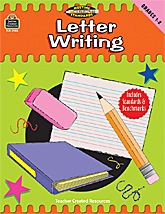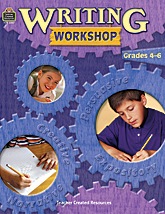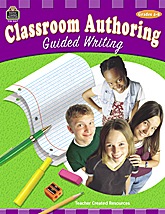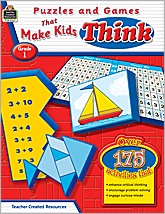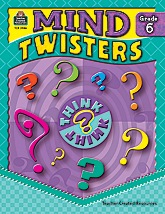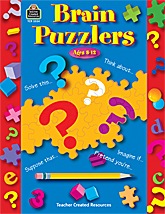What exactly is think time? For me it’s a block of time that I actually set aside to just sit and think. What, you ask in shock? Who has time to just sit and think? Isn’t that just a waste of time, sitting and thinking? The short answer is no. Think time makes me more efficient so my job is easier. Therefore my life is more enjoyable.
But why do you have to just sit and think? Can’t you think while out walking or doing something else? Of course you can, but real think time for me can’t come with any distractions. It really requires all of my concentration. It’s meant to let me focus on one major problem. It makes all the gray matter work very hard. I sometimes visualize it as a fusion of all my brain cells coming together to problem solve.
I have been using think time for years. When I was in the classroom think time was a tremendous asset. Sometimes I would have a student who was having problems. I would allow myself a 15-minute block of time to just ponder about a particular child. I always started with questions, What was the problem? How did it manifest itself? Was there a trigger? Was I the trigger? Could something be re-taught to make it easier for the student? Was a behavior problem part of the frustration of not learning something? Or was there a problem at home I wasn’t aware of?
I’ve actually created a model for myself for think time. I start with a question and then think through the answer. This of course creates more questions and that creates an interior dialogue. I don’t allow myself to refer to experts or read about the problem, although that might eventually be part of the solution. I just let my mind move, although not aimlessly wander. It’s extremely important to stay focused on the problem I have posed to myself. Often times I recall some small detail that I had not remembered and it was all I needed to realize how to solve the problem.
One of these think time problems was a 7th grade student named Gilbert. Gilbert was really one of the worst behavior problems I’d ever encountered. He didn’t finish anything, took no responsibility for bringing any supplies to class, and thought nothing about talking back. You know it was good day when Gilbert was called out of class which was quite often. Since we were both going to be together in class for a whole year it behooved me to think about Gilbert and what I might do to help him.
I remember staying in my classroom one day during my lunch period just to think about Gilbert. I realized I had never met his parents. They never came to school functions. It took a lot of work, but finally one day I got Gilbert’s mother to school. There was no dad. I invited Gilbert to join us. To say it was an eye-opening experience is an understatement. Gilbert’s mom was just like her son. She had trouble sitting. What came out of her mouth was astonishingly rude. But at least I understood where he learned his behavior. Talk about modeling.
Did I solve Gilbert’s problems with my think time. I’m afraid I didn’t. But did I understand this boy better? Absolutely. I understood what some of his limitations were and why. We both got along much better after this, making my class a much happier place to learn. My think time had a positive outcome.
I still use think time. At TCR I often use it to concentrate on books and other editorial projects that just might need a bit of help when they are stalled. In my personal life it helps me to make decisions about all types of problems including some as simple as why the laundry isn’t getting done to whether we really need a new internet service.
Do you have your own version of think time? How does it work and how do you use it to help solve classroom problems?

